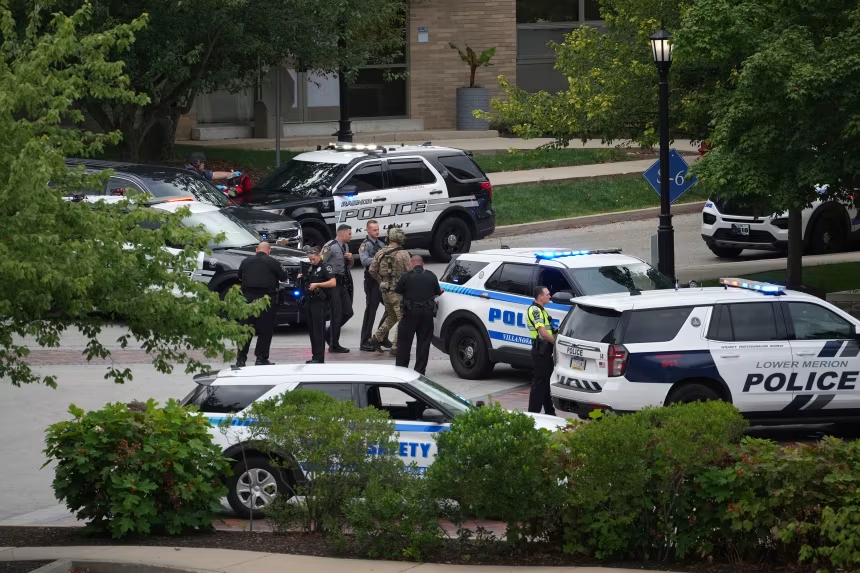A disturbing trend is spreading across American universities as false active shooter threats known as swatting calls continue to cause chaos. Over the past month campuses from Arkansas to Iowa and Colorado to Pennsylvania have been forced into lockdowns after hoax callers claimed gunmen were on school grounds.
These calls are often chillingly realistic. Some include the sound of gunfire in the background while others report detailed locations of supposed shooters. Law enforcement responds as if every call is genuine, rushing armed teams onto campuses, shutting down buildings, and ordering students and staff to shelter in place. Hours later the truth emerges that no gunman ever existed.
For students the emotional toll is enormous. Believing they are under attack, many text final goodbyes to loved ones, barricade classroom doors, or hide in silence. Even after authorities declare the threats false the fear lingers. Experts warn that repeated hoaxes can leave students anxious, hyper vigilant, and less likely to trust alerts when a real emergency arises.
Investigators believe some of these swatting calls are organized through online groups using spoofed numbers and voice altering technology to mask their identities. The FBI has joined state agencies to trace the origins of the hoaxes, though arrests remain rare. Universities have urged lawmakers to strengthen penalties and called on technology companies to make it harder for criminals to hide behind digital tools.
This surge of swatting raises deeper questions about safety in higher education. Colleges already train students with active shooter drills, but now they face a new dilemma. How can they prepare for a future where a phone call can throw thousands into panic, drain police resources, and scar entire communities without a single bullet fired?
The rise of swatting is a reminder that the impact of violence is not limited to physical harm. Fear itself has become a weapon, and students are demanding solutions before another semester is marked by terror.


